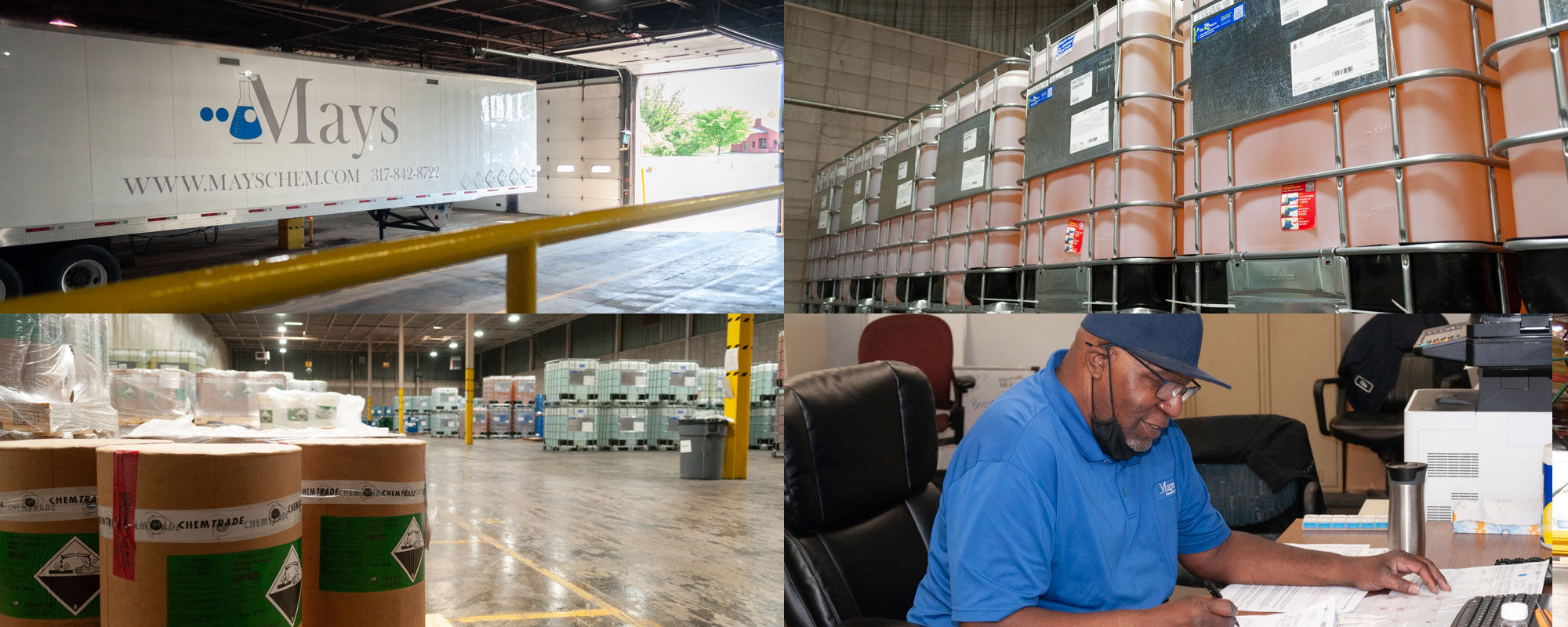
Supply Chain/Consolidation
The year 2020 was marked by profound disruption and transition in the supply chain sector. Industries have had to learn how to more accurately anticipate temporary customer behaviors and those which have become a new standard in supply chain.
With 40+ years of experience in both the chemical industry and supply chain business, Mays understands that the road to recovery will likely be uneven across both end-markets and geographies. Prior to the pandemic, the chemical industry was already facing cyclical challenges, including overcapacity, pricing pressures, and trade uncertainty. As we venture into the future, Mays’ focus will be on operational efficiency, asset optimization and cost management as a part of our integrated customer service.
In addition to cost optimization and capital discipline, Mays understands how imperative it is to be aware of shifting demand, exercising agility in order to focus and prioritize growing end markets, such as health care and electronics. In addition to demand shifts, policy proposals related to regulation, trade and sustainability have the potential for material impact, specifically relations between China and the new US administration, which advocates ending the ongoing trade dispute. The cessation of this dispute would boost US chemical market exports and improve industry profitability through pricing revival. The current market intelligence indicates that feedstock cost advantages around export competitiveness will remain in effect for at least the next few years. However, the feedstock cost advantage has the potential to be mitigated by the projected rise in natural gas prices, or a sharp decline in oil prices. With an environment of uncertainty, our one take away is that market volatility will continue to be a driving factor in supply chain initiatives through the next several years.
In order to best support our customers, Mays is committed to simplification. Currently, the majority of businesses are experiencing significant changes in how they operate, resulting in new initiatives to best serve customers. As companies adjust to the new norm of working remotely, the way businesses engage with their customers will change as well. Consumers and businesses alike are looking to simplify the buying process. The future of purchasing needs to allow for seamless and contactless service to increase profitability and create meaningful customer engagement.

